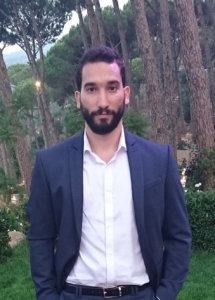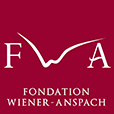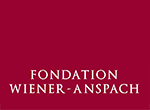 Published in December 2020 in the journal Proceedings of the National Academy of Sciences, the article is entitled “Two-boson quantum interference in time”. The authors, Wiener-Anspach Alumnus Michael Jabbour and his thesis supervisor Nicolas Cerf (Centre for Quantum Information and Communication, Brussels School of Engineering), present “an unsuspected quantum interference mechanism, which originates from the indistinguishability of identical bosons in time”.
Published in December 2020 in the journal Proceedings of the National Academy of Sciences, the article is entitled “Two-boson quantum interference in time”. The authors, Wiener-Anspach Alumnus Michael Jabbour and his thesis supervisor Nicolas Cerf (Centre for Quantum Information and Communication, Brussels School of Engineering), present “an unsuspected quantum interference mechanism, which originates from the indistinguishability of identical bosons in time”.
Abstract
The celebrated Hong–Ou–Mandel effect is the paradigm of two-particle quantum interference. It has its roots in the symmetry of identical quantum particles, as dictated by the Pauli principle. Two identical bosons impinging on a beam splitter (of transmittance 1/2) cannot be detected in coincidence at both output ports, as confirmed in numerous experiments with light or even matter. Here, we establish that partial time reversal transforms the beam splitter linear coupling into amplification. We infer from this duality the existence of an unsuspected two-boson interferometric effect in a quantum amplifier (of gain 2) and identify the underlying mechanism as time-like indistinguishability. This fundamental mechanism is generic to any bosonic Bogoliubov transformation, so we anticipate wide implications in quantum physics.
Michael Jabbour (PhD in Engineering Science and Technology, ULB) spent two years at the University of Cambridge in the framework of a Wiener-Anspach postdoctoral fellowship (2018-2020). He worked on a project entitled “Majorization relations and entropic inequalities for the evaluation of the capacities of bosonic quantum channels”, under the supervision of Dr Nilanjana Datta (Faculty of Mathematics). Dr Jabbour is currently a postdoctoral researcher in the QPIT (Quantum Physics and Information Technology group) at the Technical University of Denmark.


